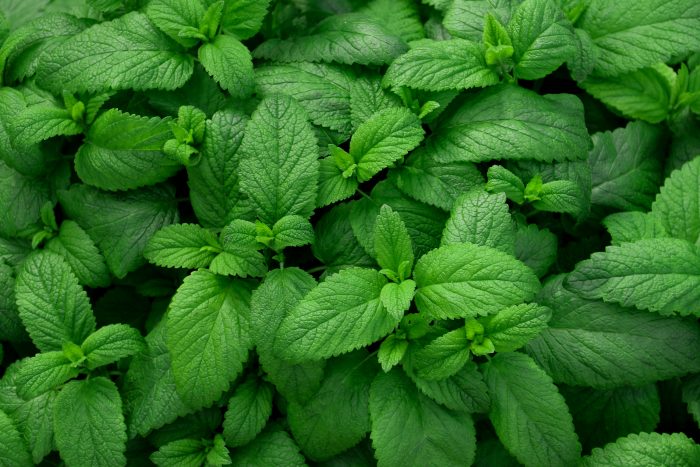About
Glenmorangie has been the best selling single malt in Scotland since 1982, standing number two in the U.K. and number four in world sales. Creative advertising in the early 1980s may well have helped. The distillery stands near the ancient Royal Burgh of Tain, in Ross-shite, overlooking the Dornoch Firth, on Morangie Farm, a spot well-known to illicit distillers. It was established in 1843 by William and John Matheson. By 1849 production had reached 20,000 gallons. A limited company was formed in 1887, and the distillery completely rebuild the same year. In 1931, due to the great pressure that the global financial depression and American Prohibition act put on the Whisky industry, the distillery was forced to close. After being mothballed for five years, the distillery was reopened in 1936, with production resuming immediately.
Production continued to go on to acclaim and financial gain, and in 1980, the number of stills was doubled to four in order to handle the increase in demand. Ten years later, the number of stills was doubled again, this time to a total of eight stills. In 1994, a visitor’s centre was opened at the site, and the Glenmorangie Port Wood Finish was released, which marked the beginning of a new era of wood finishes being released from the distillery.
In 1997, a museum was opened at the site, dedicated to the history of Glenmorangie and Single Malt production. In 2004, the Macdonald family decided to sell Glenmorangie, as well as the other distilleries that they owned, including Arberg which comprised ‘Glenmorangie plc’. The bidding war over the company was absolutely frantic, with Moet Hennessey emerging triumphantly. Moet Hennessy launched a complete re-vamp of the Glenmorangie brand, discontinuing the 15 and 30-year-old bottlings, and totally re-naming the other bottlings. Glenmorangie has continued to go from strength to strength under Moet Hennessey which are owned jointly by Diageo (34%) and LVMH (Louis Vuitton), having managed to scale up its production to a truly competitive level without undermining the quality of the Single Malt.
Flavours

Lemon

Mint



